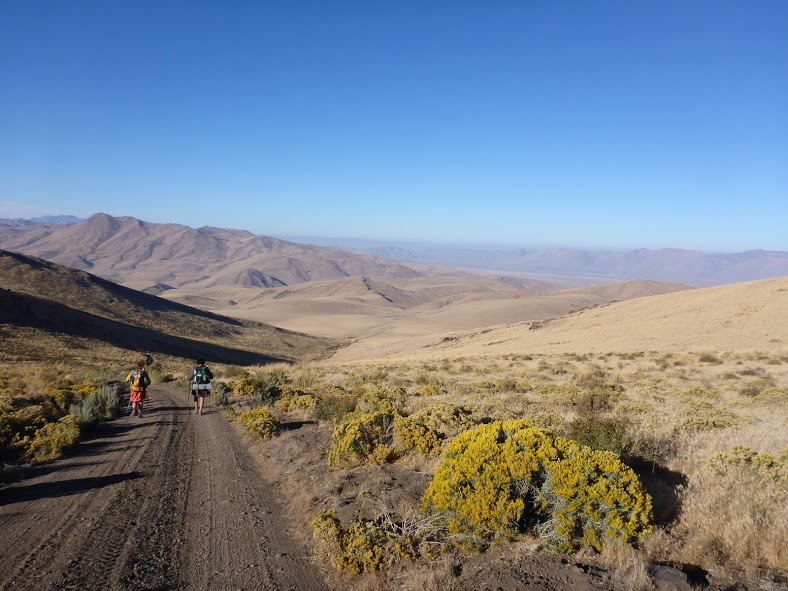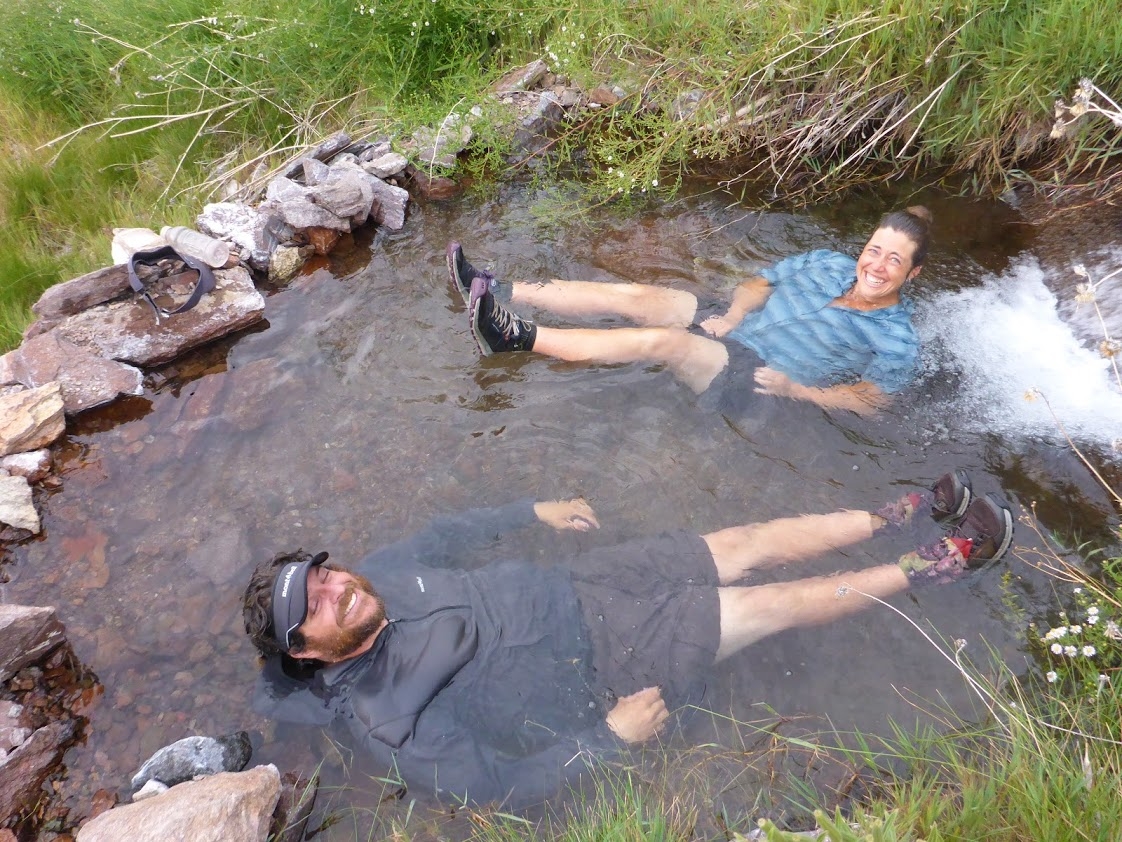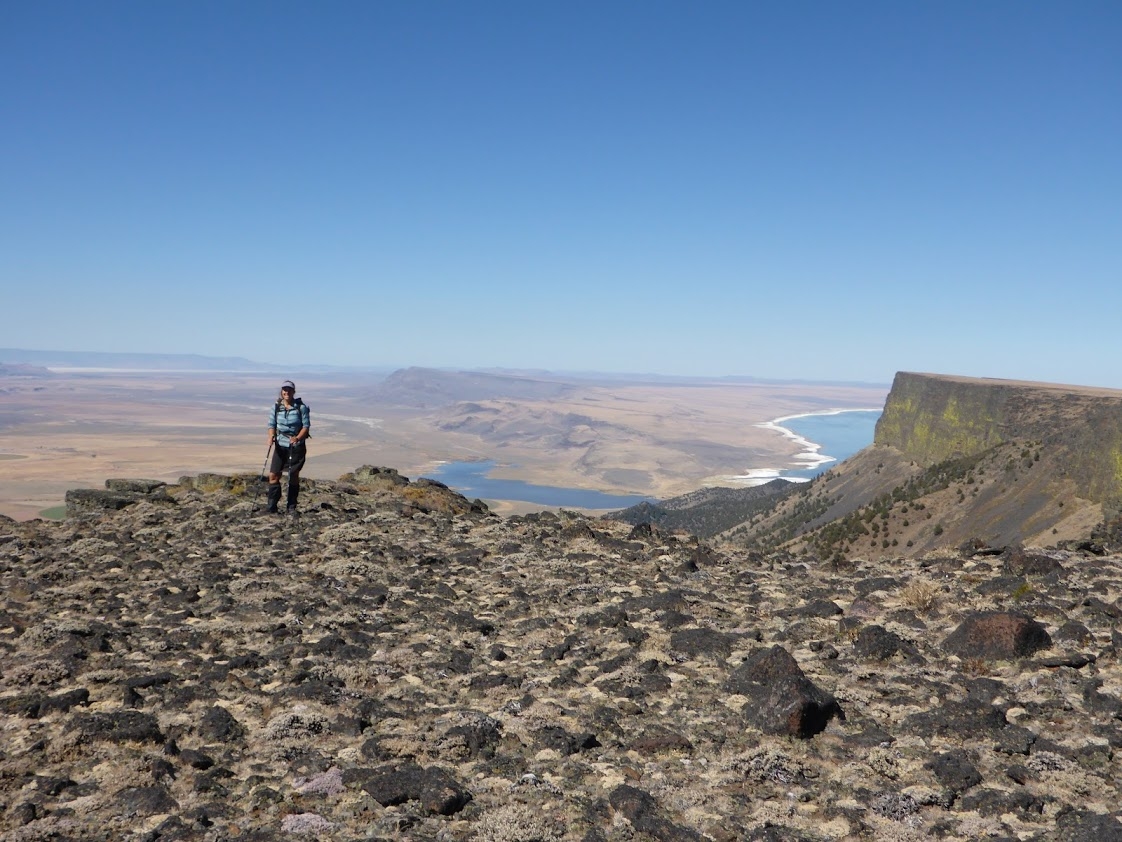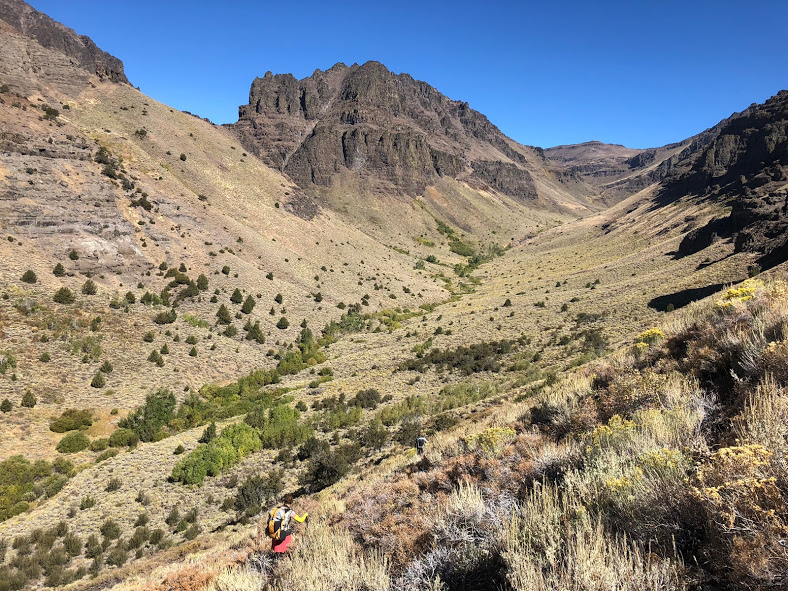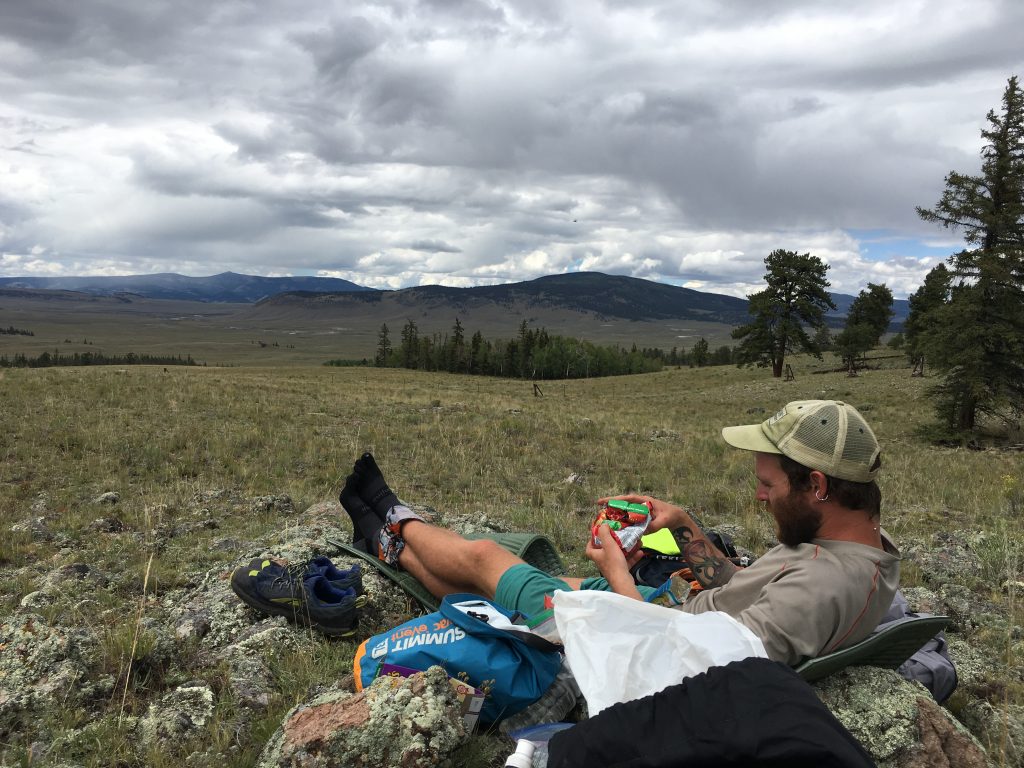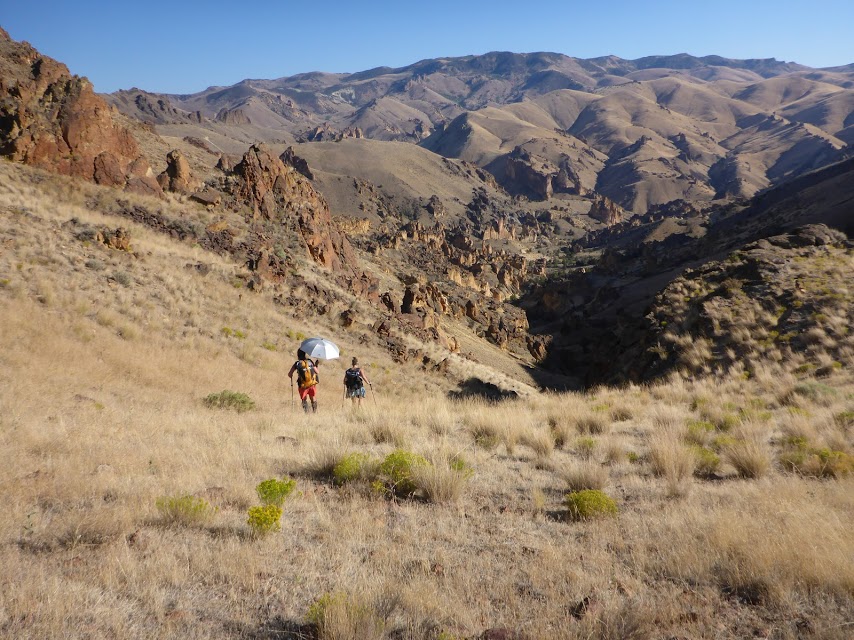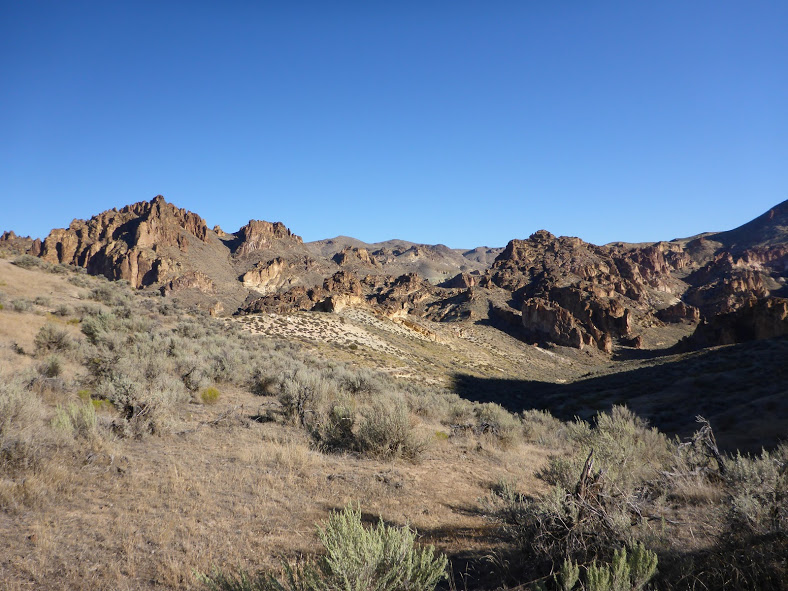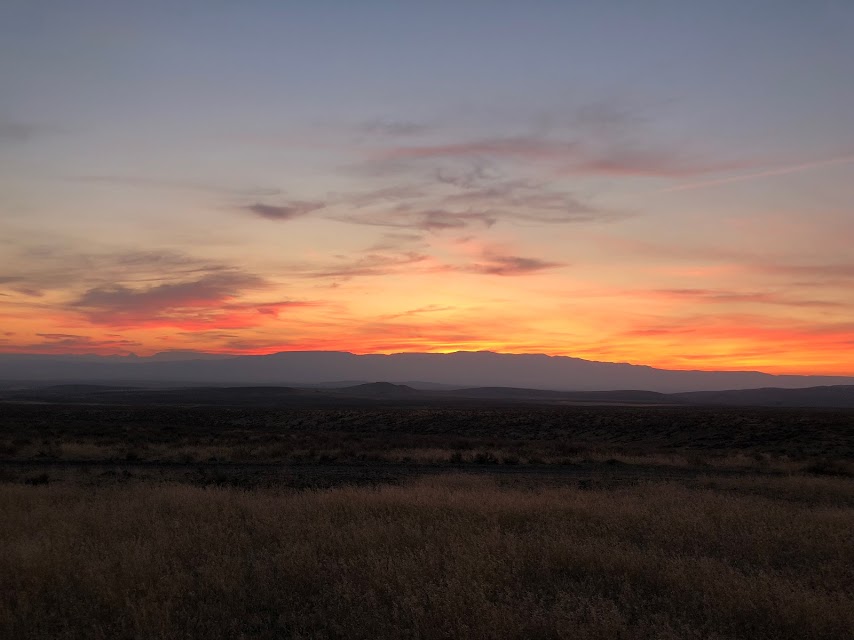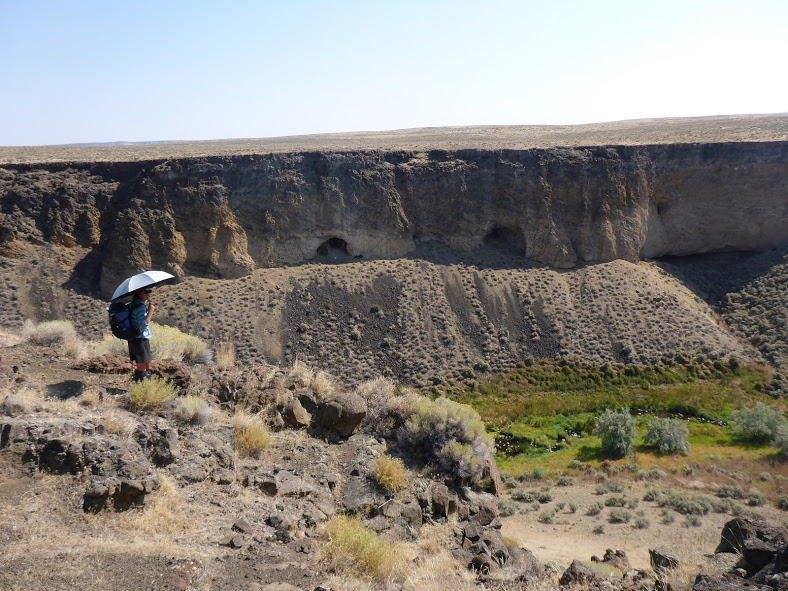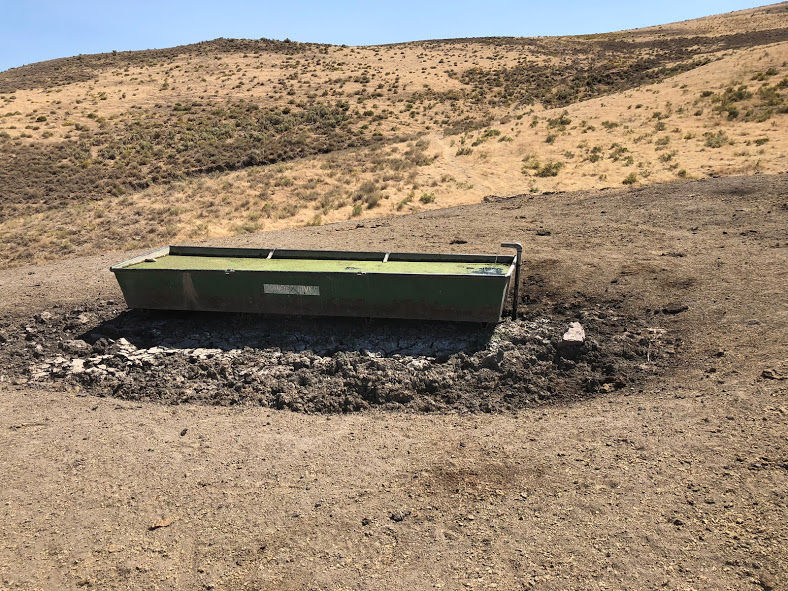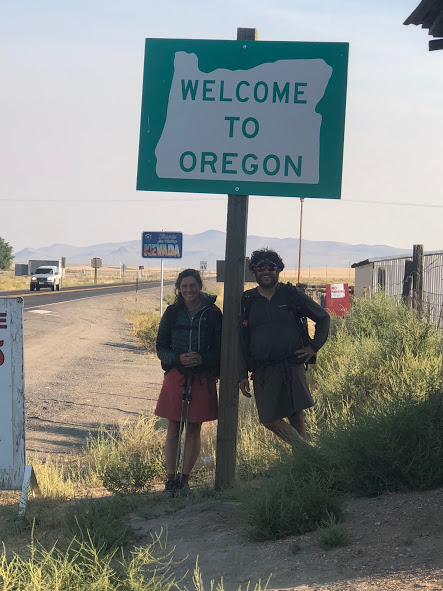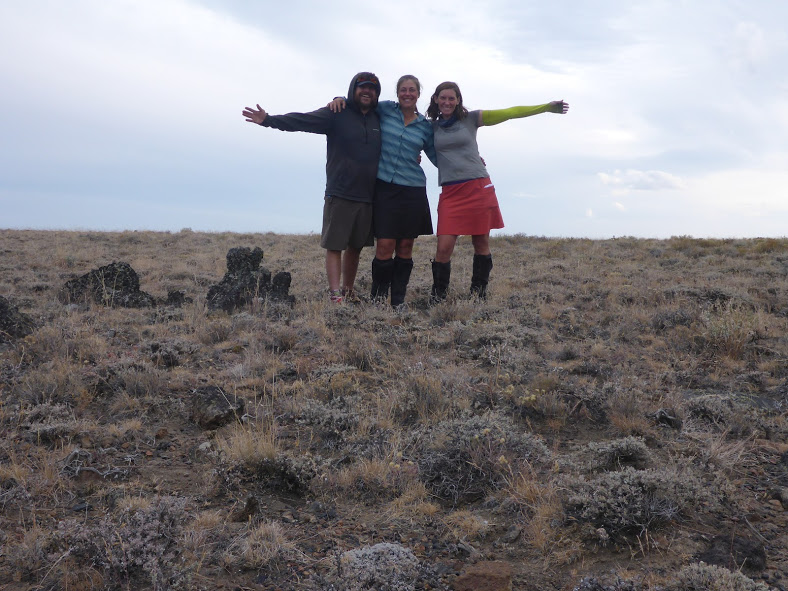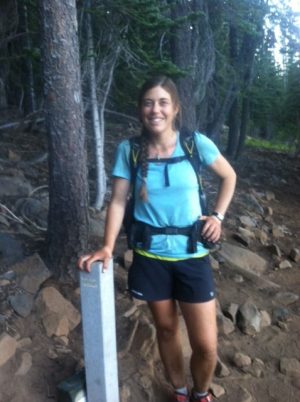This post originally appeared on the Trek.
The Oregon Desert Trail (ODT) is a 750-mile route through the high desert country of Eastern Oregon. In the shape of a lopsided W, the Oregon Desert Trail made is up of a network of trails, cross-country travel, and two-track dirt roads. Oregon Desert “Trail” is a bit of a misnomer as the route is actually only 9% trail. The remainder of the miles are comprised of 35% cross-country travel, 51% unpaved/dirt roads, and 5% paved roads. The route was established in 2011 and has been thru-hiked by fewer than 30 hikers, who generally take four to six weeks to complete it. The ODT traverses some of the most spectacular natural areas of Oregon’s dry side, including Hart Mountain National Antelope Refuge, Steens Mountain, and the Owyhee Canyonlands.
Oregon Desert Trail At-a-Glance
- Distance: 753.5 miles (variable depending on the specific route you choose).
- Location: Southeast Oregon.
- Trail type: Point-to-point.
- Scenery: Sagebrush seas, fault-block mountains, lava beds, canyonlands, pinyon-juniper forests, deserts, and hot springs.
- Terrain: Moderate to difficult, with rolling hills to river crossings and steep off-trail navigation through dense vegetation.
- Navigation: The route is unmarked and requires map and compass skills and/or use of a GPS. The best resource for maps and way points is the Oregon Natural Desert Association (ONDA) website. There are occasional cairns or sections where the route follows other signed trails, but this is rare.
Getting There
The termini are located in the Oregon Badlands Wilderness near Bend, OR, and in Lake Owyhee State Park, near the southwest border of Idaho. The trail can be hiked east to west or west to east. For most people, accessing the Western Terminus near Bend is easier. You could fly into Redmond Municipal Airport, 17 miles from downtown Bend, and taxi or Uber to the Badlands Wilderness, or to the bus station (see below) if you’re starting at the Eastern Terminus.
The Eastern Terminus at Lake Owyhee State Park is more remote. If you can find someone to drop you off, that’s definitely the easiest option. If that’s not possible, take the POINT bus Eastern route from Hawthorne station in Bend to Vale/Ontario and taxi from there. A possible option detailed on the ONDA website is trail advocates in the Lake Owyhee area who may be willing to help out hikers with transportation. Be a good trail steward and treat these people with generosity and kindness.
Of interest for those planning a section hike of the trail, the ONDA website offers the following information: “The Lake County Senior Citizen Association (LCSCA) Lake County Public Transportation program offers rides around Lake County. The priority for the service is for seniors needing medical services, but if space is available hikers are welcome to ride. Trips may travel between Christmas Valley, Bend, Paisley and Lakeview. The cost depends on location (usually between $10-20). Call to inquire about availability and schedule: 541-947-4966.”
Which Direction Should You Hike?
This trail can be hiked in either direction. Most ODT thru-hikers have gone eastbound, but in the last few years, at least five of us have gone westbound. The pros of traveling westbound include finishing in Bend, with its many tasty restaurants and 22 microbreweries (the highest per capita in the US). Getting home from Bend is also likely to be easier. On the downside, westbound travel means more challenging terrain at the start of your hike. Traveling eastbound, on the other hand, may mean more logistics getting home from the Eastern Terminus, but more gentle terrain to start and a much more scenic finish at the spectacular Owyhee Lake terminus.
Why Hike the Oregon Desert Trail
The ODT is unlike any other trail you’ve hiked, and that alone is a good reason to hike it. Southeast Oregon is one of the least densely populated regions of the country and many of the towns you travel through are one stoplight with one combined gas station/convenience store/bar/post office. I found that being on a trail without so much trail culture around it made for more genuine interactions with the locals.
Another reason to hike this trail is the lack of crowds. The total number of permits issued for the PCT in 2018 was 7,313. That’s in stark contrast to the number of other hikers I saw aside from my hiking partners, which was zero in 30 days. This provides a wonderful opportunity to unplug and truly clear your mind.
Another benefit of the remoteness of the ODT is the lack of light pollution, which allows for some of the most incredible night skies I’ve ever experienced. The wide-open expansive horizons also showcased vibrant sunrises and sunsets almost daily.
I found that being on a trail without so much trail culture around it made for more genuine interactions with the locals.
This trail also passes several hot springs, including Summer Lake Hot Springs and Hunter’s Hot Springs, as well as Hart Mountain Hot Springs, Alvord Hot Springs, and several soaking pools in the Owyhee Canyonlands. This is thanks to the region’s rich volcanic history, which adds to the interesting geologic features of the region.
Aside from all this, the greatest reason to hike this trail is for the freedom and challenge it provides. From heat to navigation to water challenges, the ODT will test your limits every day. Furthermore, the freedom to hike as you wish, without anyone telling you you’re “doing it wrong” is also extremely refreshing.
Climate, Weather, and When to Hike
This region gets HOT in the summer, making the ideal seasons for hiking here in the spring or fall. Each option has its own unique challenges and considerations. For example, water is more likely to be available in the spring than in the fall. However, if you start late enough, the fall is likely to be cooler. I also just find autumn to be a very pleasant time to be in the desert.
We completed our ODT thru-hike from Sept. 1-30. The first week, daytime temperatures were in the high 80s and low 90s, but cooled to high 50s and mid 60s later in the hike. Our nighttime temps ranged from low 20s to mid 40s. The only rain we experienced was a brief shower our last morning on trail.
Oregon Desert Trail Gear Suggestions
Like most desert ecosystems, the ODT is harsh. There are many pokey things, as well as venomous fauna like scorpions and rattlesnakes (we saw 13). The biggest challeng,e however is water. Water sources may include streams or springs, but more often include cow tanks. Having reliable water treatment as well as a backup method is a good idea. For example, carrying a filter plus Aquatabs, in case your filter breaks (as mine did) or freezes. This is not the trail to test your luck with not treating water.
Because sources can be as far as 40 miles apart, I’d recommend a ten- to 12-liter carrying capacity. Keep in mind that these can be challenging cross-country miles with very little shade. On that note, a sun umbrella can also be incredibly helpful for creating your own personal shade.
Finally, while you certainly could hike this trail with only map and compass, I found having a GPS in addition to my paper maps made for more accurate and efficient navigation.
Camping
As long as you’re not on private land, which is something to stay aware of on the ODT, you can essentially camp wherever you’d like. As expected, there are no shelters, and the route does not travel through any fee areas.
Oregon Desert Trail Highlights
The ODT was much more diverse than I expected. In addition to the hot springs mentioned earlier, some standout sections include Steens Mountain, the Alvord Desert, and Hart Mountain Antelope Refuge. The trail also passes by petroglyphs as well as several fascinating volcanic features, like Crack-in-the-Ground.
Water Sources
Water is the crux of the route. When I hiked in 2018, the region experienced one of the hottest and driest summers on record, making water during our fall hike a challenge. At one point, we each carried three gallons (that’s 24 pounds!). Sources range from streams to lakes to springs to cow tanks. Some are clear, many are murky.
The most valuable resource for water on the ODT is the water report hosted on ONDA’s website. It’s a Google spreadsheet, so hikers are able to make notes in the field and it syncs once you’re back on Wi-Fi. Sources are ranked as unreliable, questionable, and reliable, and the report contains notes from the current year as well as past years. This was incredibly helpful as we found 2018 more closely matched with 2015 in terms of which sources we could expect to be reliable. We never counted on a source that wasn’t labeled reliable.
Most hikers will also want to cache water in the western 160 miles of trail. ONDA may be able to assist with this for a $10 donation. More details are found on the ‘Water’ tab of the Trail Resources page.
Resupply Options
The trail travels through or near 16 communities, allowing hikers to resupply often. Many of the towns are on trail or only require a short (<10 mile) hitch. ONDA offers an extensive town guide to help with resupply planning.
Several of the towns are quite small, with limited or expensive options, so it’s helpful to send boxes. In terms of food, you can see where and how I resupplied here, which includes where, what, and how much food I sent. I mostly mailed myself boxes and regretted the stops where I didn’t. Here’s how I approached creating a healthy resupply in a remote town with limited options.
Small, remote towns also mean you need to be more self-sufficient in your packing than you would on more well-populated routes. Be prepared for something to go wrong. For example, when my phone died on day three, there was no Apple store anywhere within hundreds of miles, let alone in the next resupply town. Without GPS, having paper maps and compass was essential. Also, do not expect many gear stores, so carry what you need or send it to yourself in advance.
The upside of all this is that the ODT was for sure, mile for mile, the cheapest trail I’ve ever hiked. With only two hotel stays, a few restaurant meals, and no reason to linger in towns, it’s hard to blow a bunch of money even if you’re trying.
Closing Thoughts
The ODT is a remote and challenging route for experienced hikers (after all, you have to sign a waiver to access planning materials on ONDA’s site). The landscape is diverse and rewarding, and those night skies and hot springs can’t be beat.
The ODT is also unique because of ONDA’s focus on conservation through responsible use. Furthermore, trail coordinator Renee “She-ra” Patrick is a thru-hiker, and she’s done an impressive job creating a wealth of resources for anyone planning an ODT hike.
For a trip report and more planning resources, including a free resupply planning template, find more at my website and on my hiking partner’s website.
Oh, and expect to see a lot of cows.

